Oct 24, 2025
Why do our pressure gauges break or stop working properly? This is a question we often receive from customers. With decades of pressure measurement experience, we have learned that gauge failures can generally be attributed to the following eight modes.
A pressure gauge is an indispensable part of an application's early warning system. By continuously measuring pressure, these instruments help users understand how a process is performing. Pressure gauges are robust and built to withstand demanding environmental conditions. However, even the sturdiest instruments can fail if they are not designed for the specific application or conditions.
Gauge failures can be attributed to one or more of the following eight modes: mechanical vibration, pulsation, extreme temperature, pressure spikes, overpressure, corrosion, clogging, and mishandling/abuse.
Before understanding the causes of problems and how to solve them, it's essential to first understand the internal workings of a mechanical pressure gauge, the most popular type being the Bourdon tube pressure gauge.
The Bourdon tube is a hollow, C-shaped spring element inside the gauge case. When media enters the Bourdon tube, it begins to move—much like a balloon trying to equalize pressure. This movement is translated into a pressure measurement via a linkage (connected to the Bourdon tube through the end piece) and is indicated by a pointer on the dial. The following section will primarily discuss these eight aspects of problems in Bourdon tube pressure gauges.
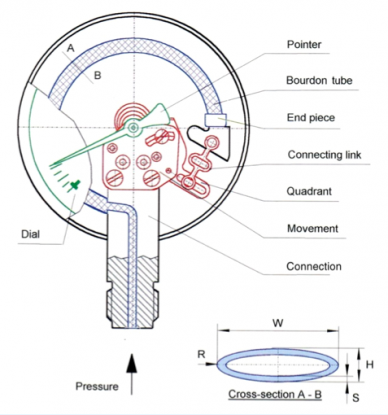
Extensive research shows that machine vibration in manufacturing plants is a leading cause of pressure gauge failure. Vibration negatively affects gauge accuracy in two ways. Firstly, when the gauge vibrates, it becomes difficult to read the pointer on the dial. Secondly, vibration gradually damages the internal components of the gauge, eventually causing the pointer to shift from zero, leading to fundamental damage to the pressure gauge.
Solution
In most cases, using a liquid-filled case is the most convenient and economical way to protect a pressure gauge from vibration. Alternatively, you can use shock-resistant pressure gauges or install flexible hoses and brackets.
This occurs when the system pressure rises instantaneously, reaching the peak rating of the pressure gauge. This can cause permanent deformation or rupture of the gauge's measuring component, the elastic element (Bourdon tube), leading to inaccurate readings or a stuck pointer.
Solution: Select a pressure gauge with overpressure protection or a damping device. Ensure the gauge's range threshold is 1.25 to 1.5 times greater than the actual maximum pressure.
When the gas or liquid contains corrosive components, it can corrode the internal elastic element (Bourdon tube) or the connection point, leading to leaks or pointer sticking.
Countermeasures:
Ensure air media is dry and adequately filtered.
Consider alternative options such as using a stainless steel case or a diaphragm pressure gauge.
If the ambient temperature or the temperature of the fluid medium during operation is too high, it can cause metal expansion and changes in lubricant viscosity, leading to reading deviations or sluggish response.
Countermeasures:
Pay attention to the temperature in the working environment.
Select models rated for high temperatures.
If necessary, install a heat shield or use capillary extension for remote mounting.
Incorrect installation methods, such as tilting or loose threads, can cause issues ranging from poor sealing or an inconvenient dial orientation for reading, to more serious problems like gas leakage or physical damage to the gauge body due to stress.
Countermeasures:
Check the gauge installation to ensure it is mounted vertically and securely fastened.
Use PTFE thread seal tape for sealing threads.
Adjust the angle for easy reading.
In pneumatic systems, it is common for oil, water, dust, or particles in the air to be inadequately removed due to inefficient filtration. This can easily clog the pressure port, causing the gauge to respond sluggishly or not at all.
Solution:
Check the operation of the drain valve in the filter.
Regularly clean the pressure sensing line.
Install isolation valves, filters, or flushing valves.
Long-term use and repeated pressure cycling can cause fatigue deformation of the elastic element (Bourdon tube) in the pressure gauge, leading to zero-point drift or reduced sensitivity.
Solution:
Regularly calibrate the Bourdon tube pressure gauge.
Perform maintenance and keep records according to the usage cycle.
Although the Bourdon tube pressure gauge has a metal casing, it is not designed to withstand mechanical shock, pulling, or stepping forces. It is built to handle natural conditions like vibration in harsh environments. Sometimes, personnel may unconsciously grab or step on the instrument for balance when moving equipment or climbing. This is incorrect and can lead to sudden breakage, causing falls, and resulting in deformation or damage to sensitive components (such as the Bourdon tube, diaphragm, or strain gauge).
You May Interest In
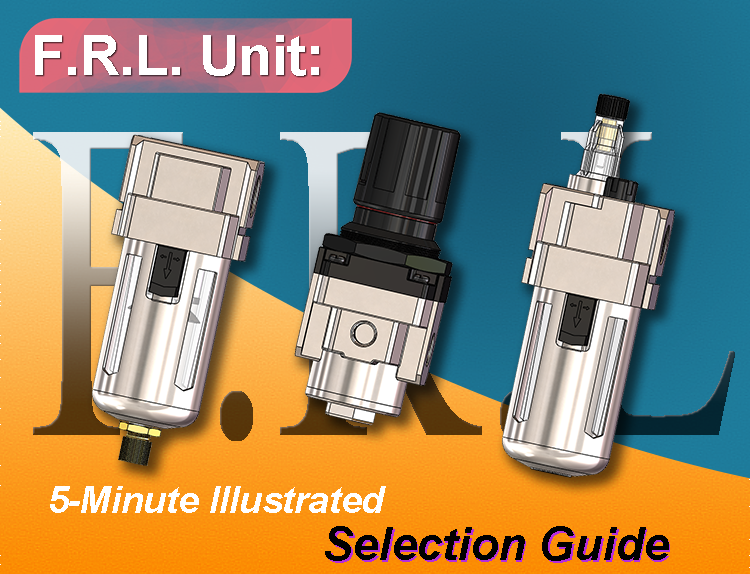
Dec 05, 2025 Blog
FRL: A 5-Minute Illustrated Selection Guide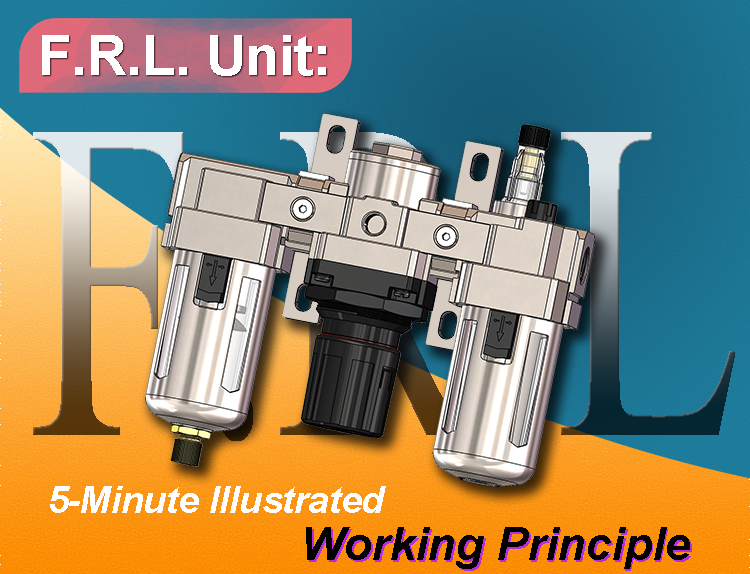
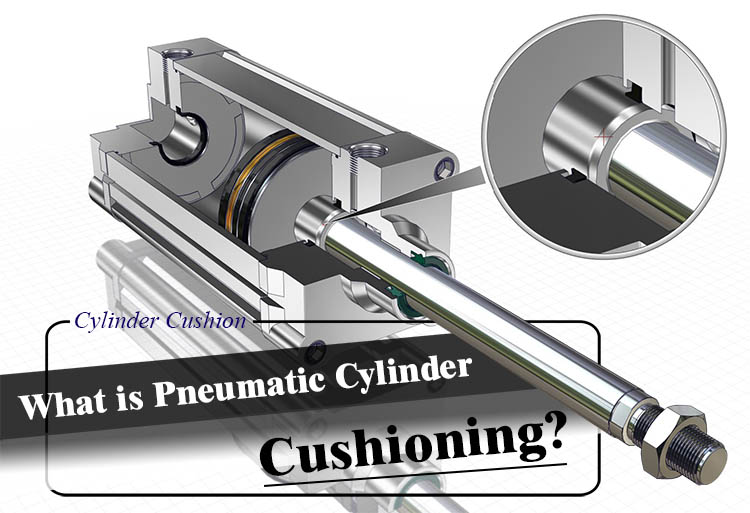
Nov 10, 2025 Blog
What is Pneumatic Cylinder Cushioning?
Nov 04, 2025 Blog
How to remember ester vs ether quickly?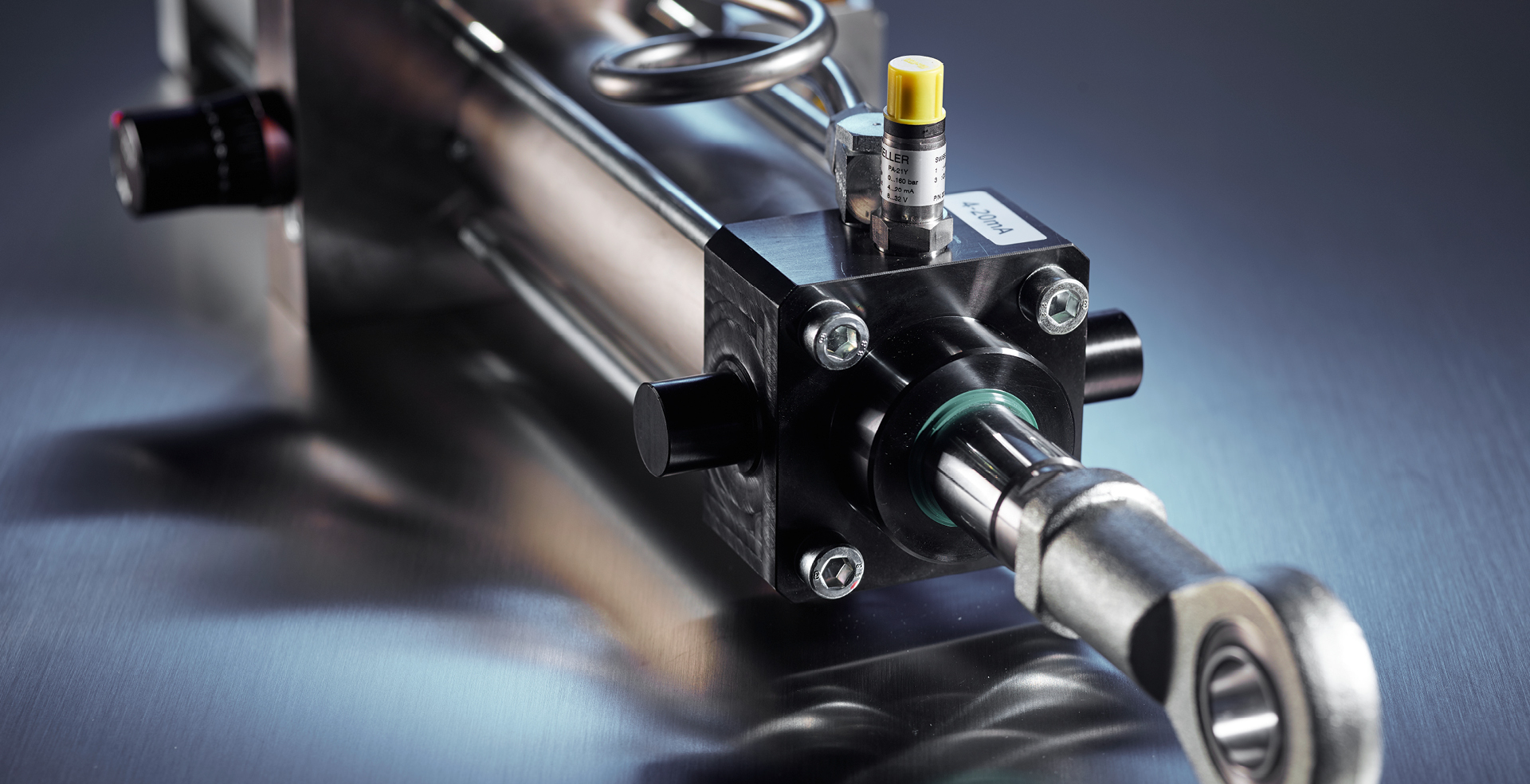
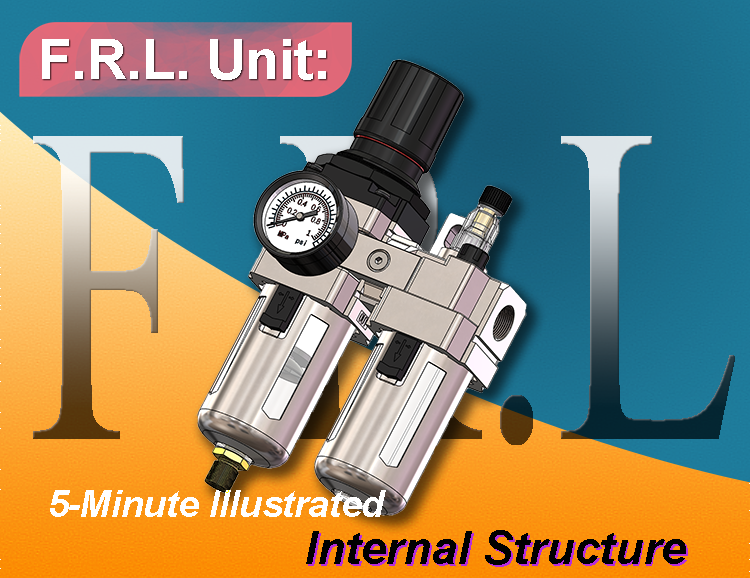
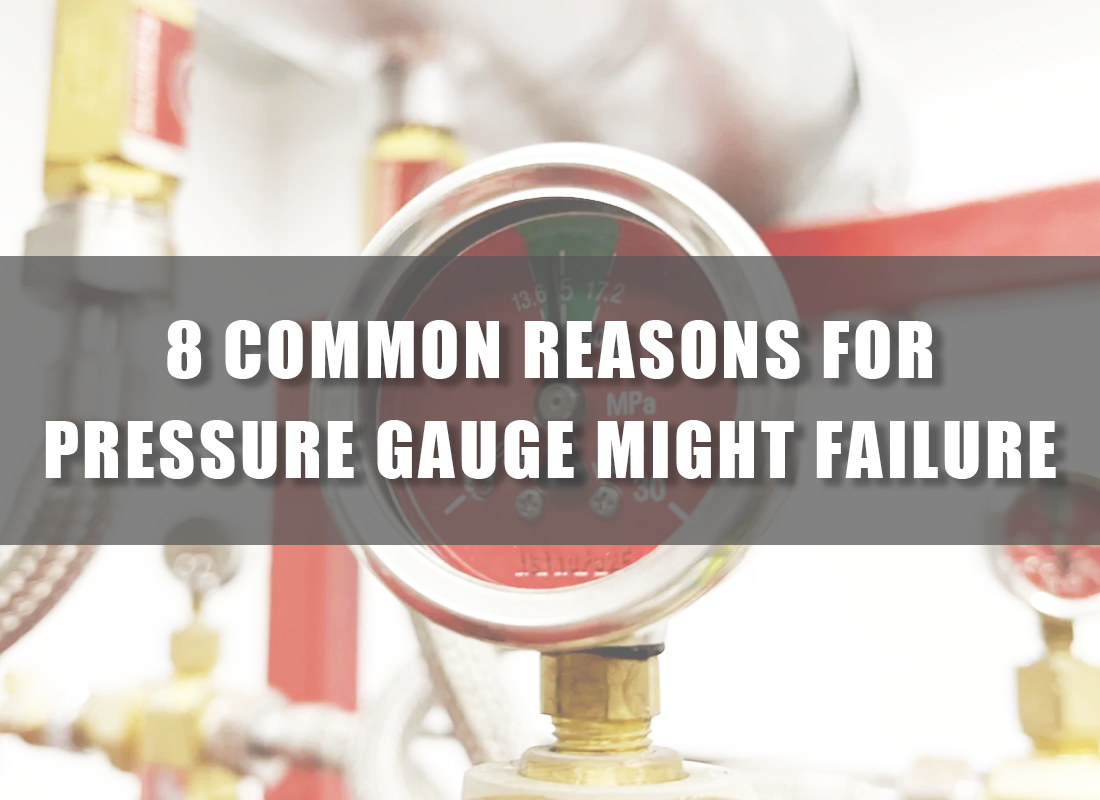
Oct 24, 2025 Blog
8 common reasons for pressure gauge might failure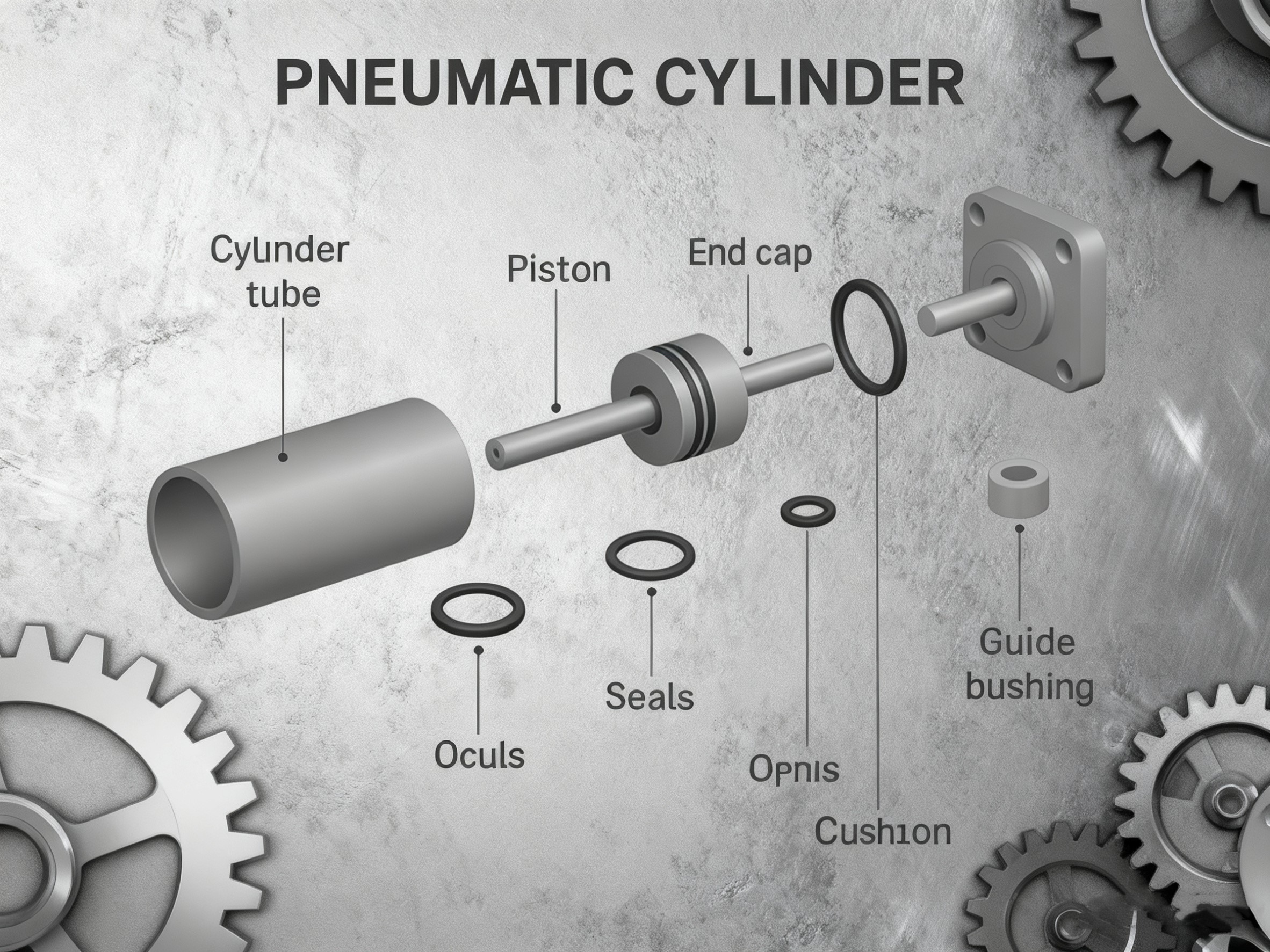
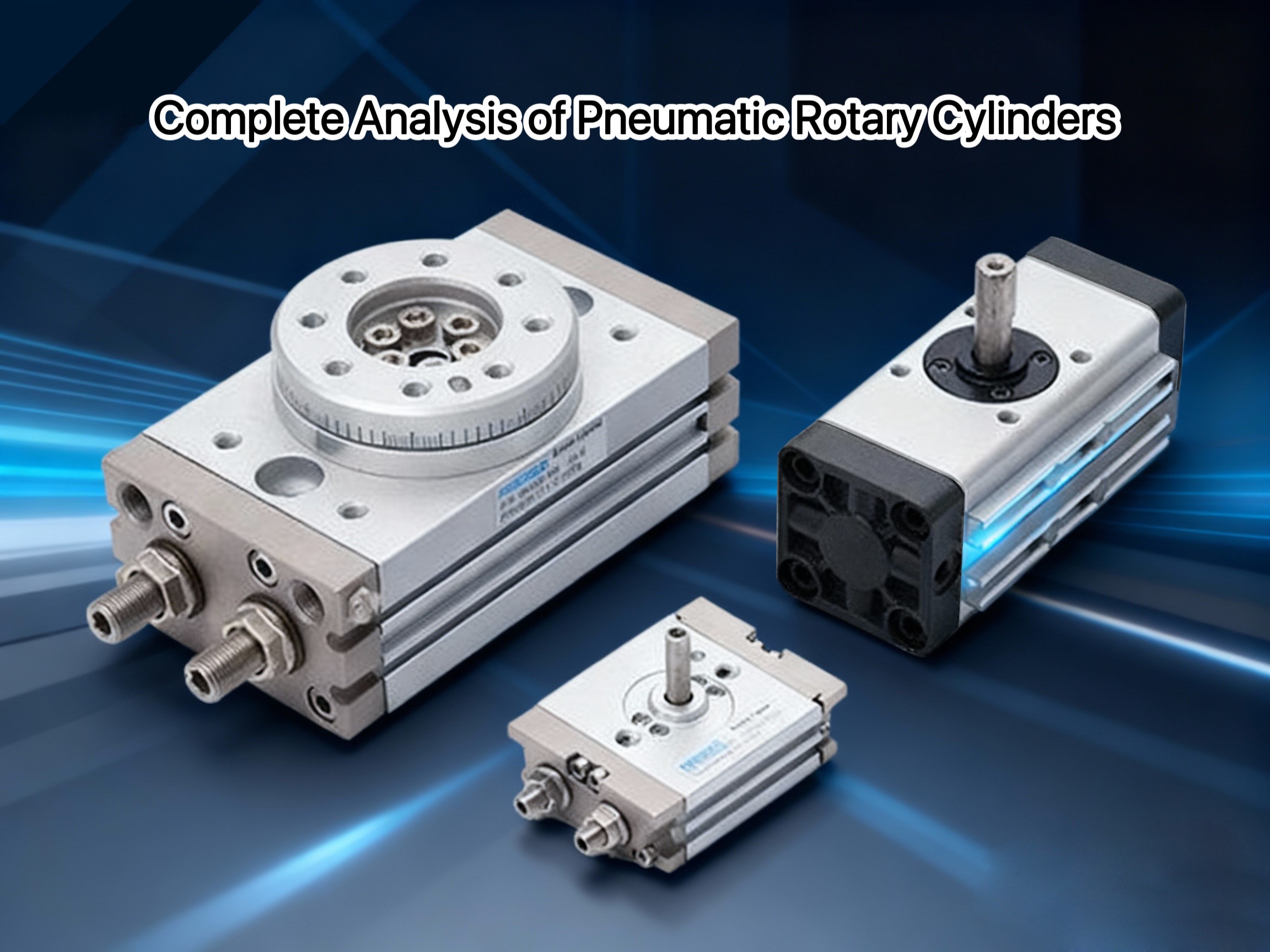
Aug 01, 2025 Blog
Complete Analysis of Pneumatic Rotary Cylinders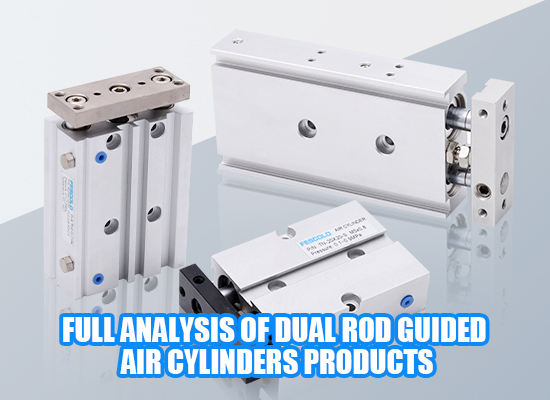
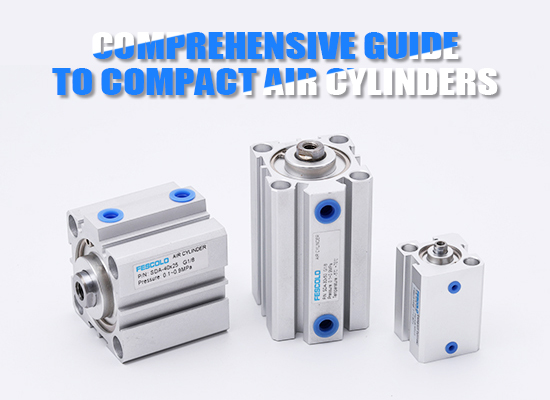
Jul 30, 2025 Blog
Comprehensive Guide to Compact Air Cylinders
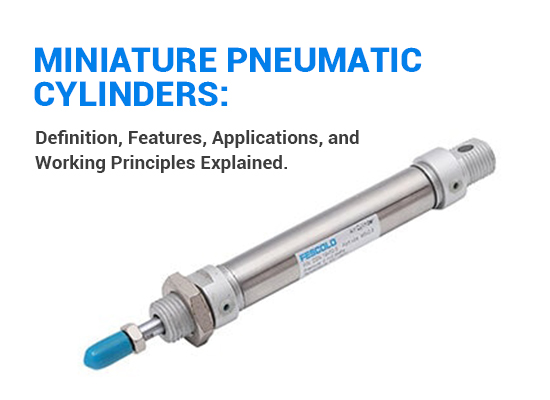
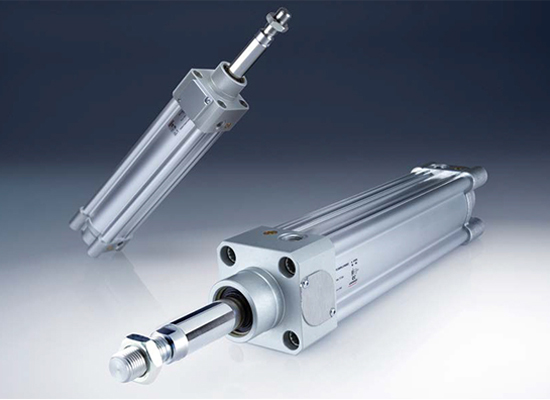
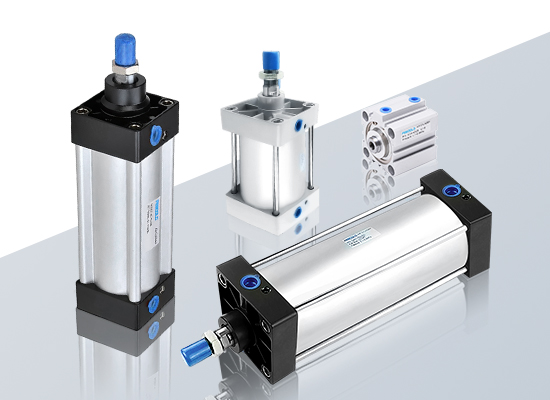
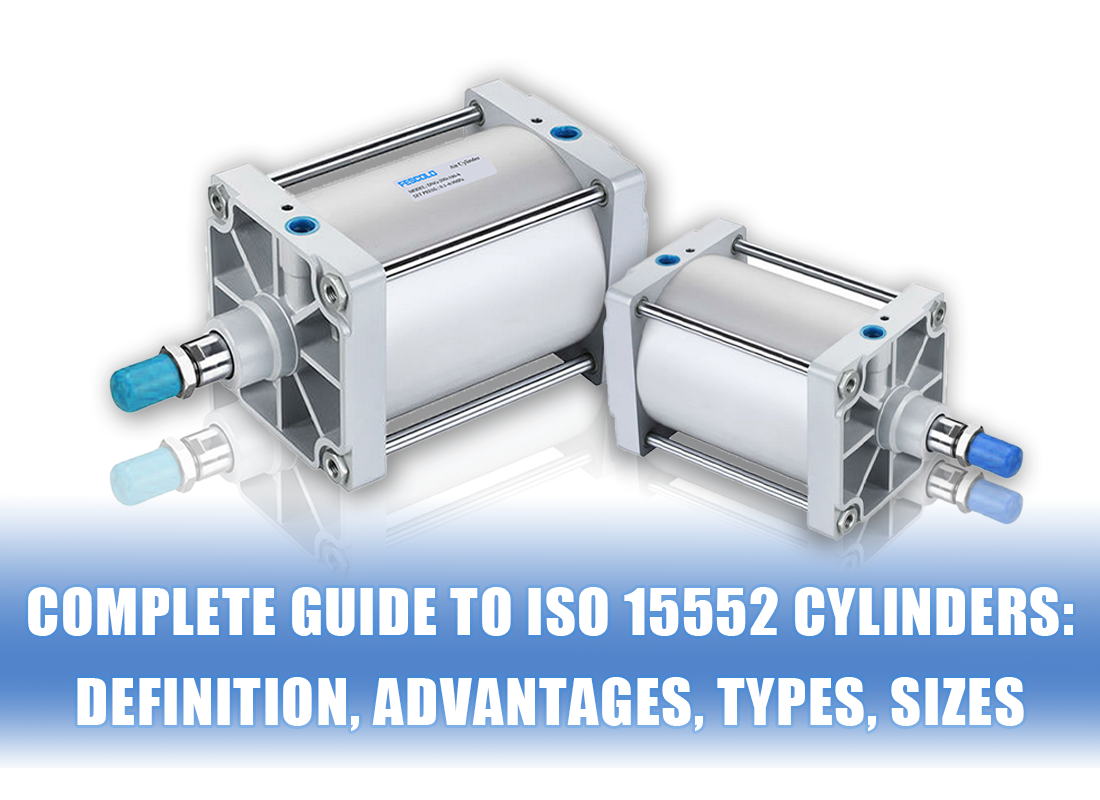
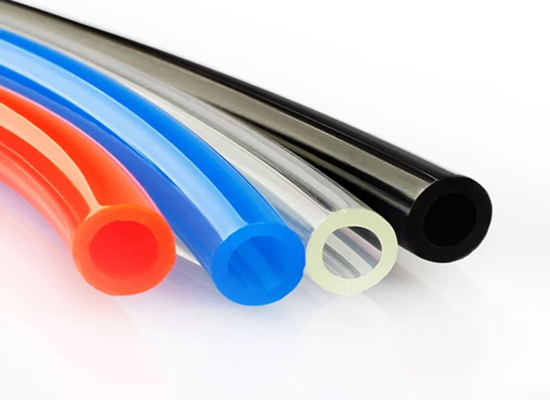
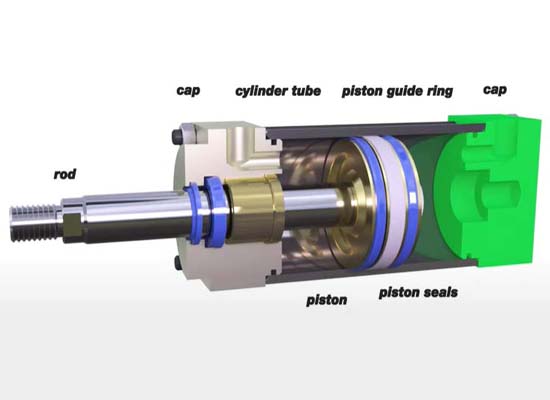
Apr 23, 2025 Blog
Exploring the Critical Parts of a Pneumatic Cylinder
Apr 23, 2025 Blog
anti-rotation cylinder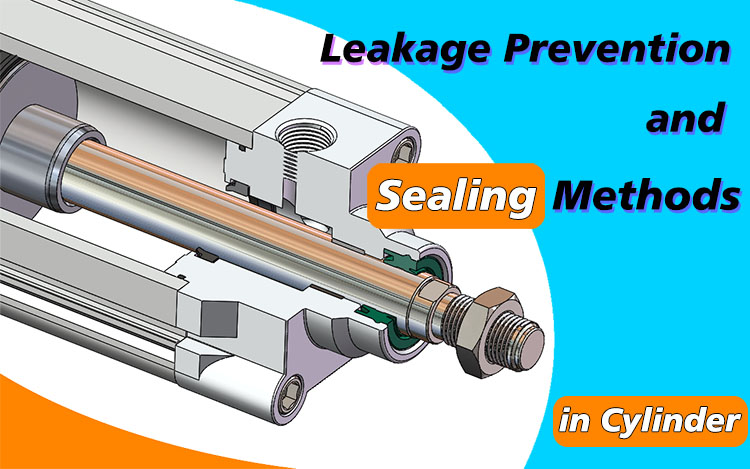
Mar 28, 2025 Blog
Leakage Prevention and Sealing Methods in Cylinder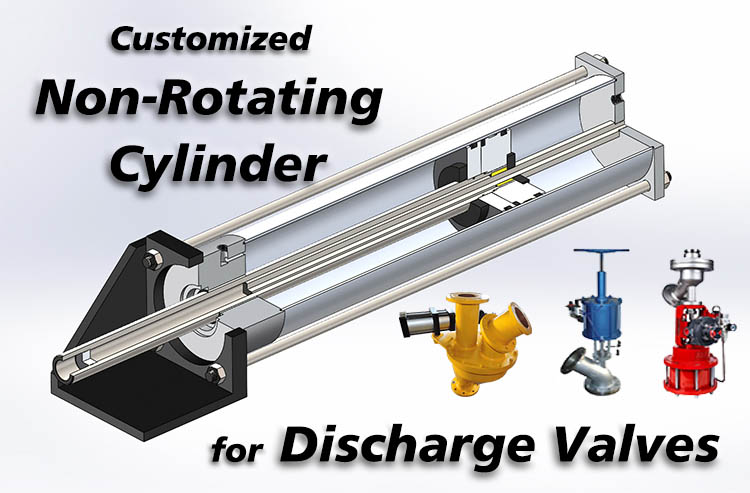
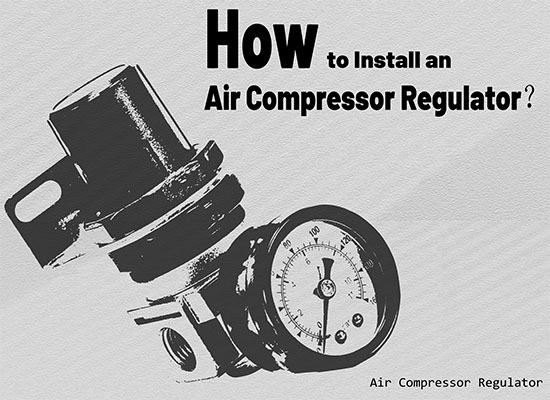
Mar 18, 2025 Blog
How to Install an Air Compressor Regulator
Mar 13, 2025 Blog
What is Magnetic Pneumatic Cylinders?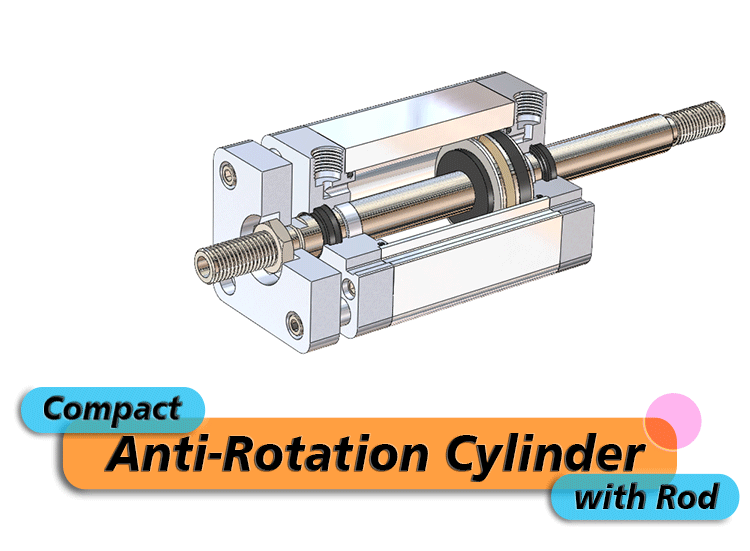
Mar 10, 2025 Blog
Compact Anti-Rotation Cylinder with Rod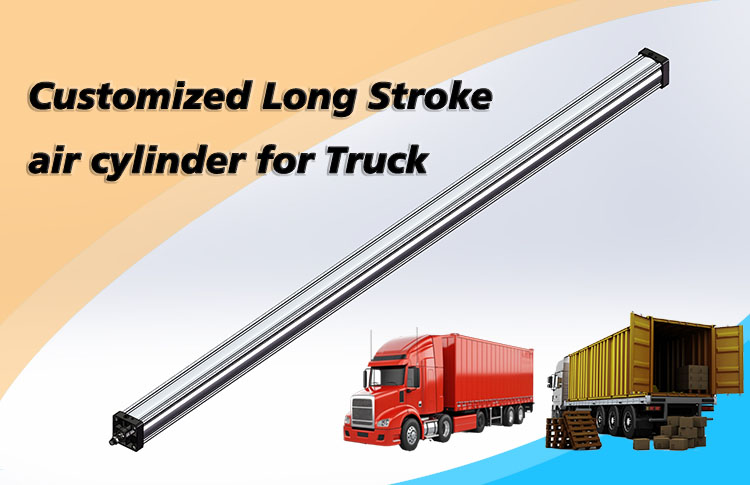
Mar 10, 2025 Blog
Customized Long Stroke Air Cylinder for Truck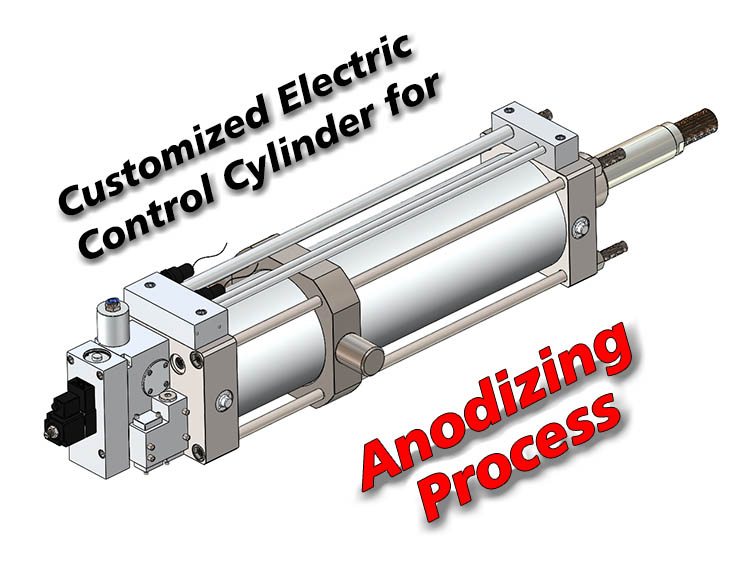
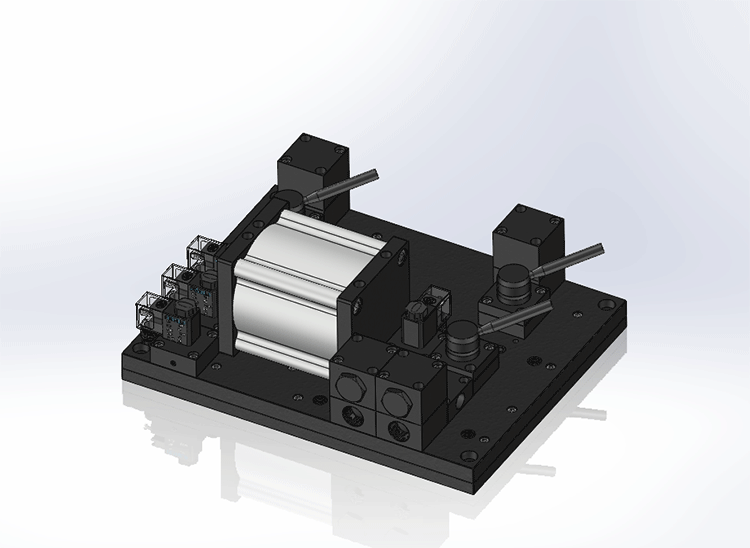
Mar 10, 2025 Blog
Customized Combination Manifold Valves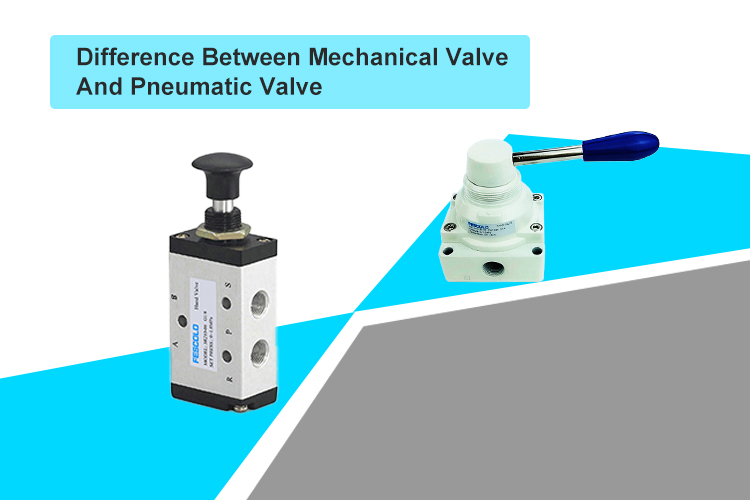

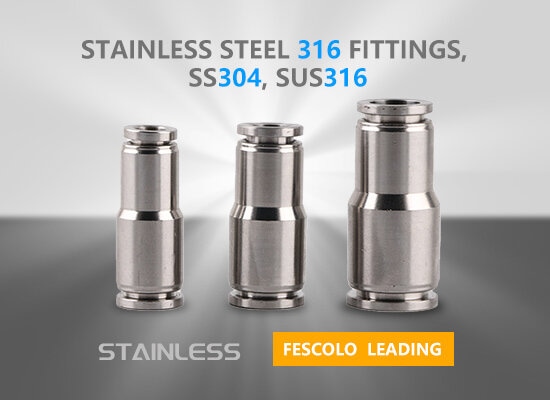
May 16, 2019 Blog
STAINLESS STEEL 316 FITTINGS, SS304, SUS316
May 03, 2018 Blog
Application Of Tube Fitting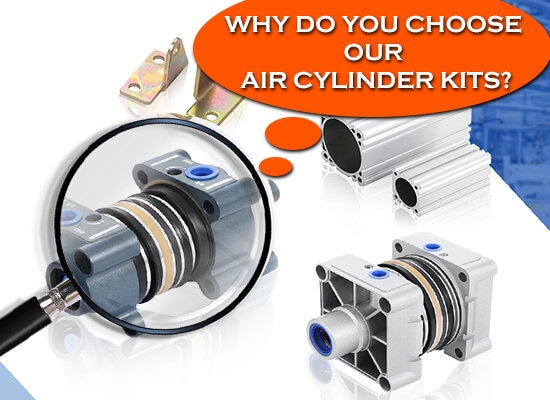
Jun 08, 2018 Blog
Why Do You Choose Our Air Cylinder kits?
Feb 09, 2018 Blog
How much you know about globe valve?FOKCA ©1998-2025 Fescolo Pneumatic All Rights Reserved Sitemap